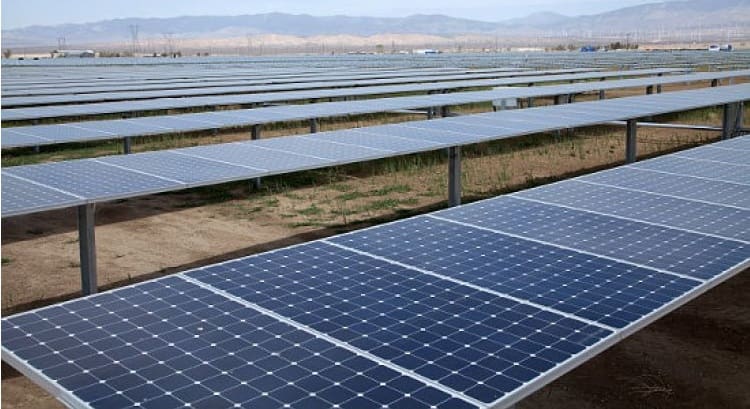European firms, with tacit support from their governments, continue to move ahead with plans to grab leadership in the green hydrogen space before the end of this decade. These plans, which were accelerated after the corona pandemic ravaged economies, effectively seek to push both renewable energy (solar) to supply the energy needed, and technology sharing, to ensure that green hydrogen costs as low as $2 per Kg (including transmission and storage) by decade’s end, a number that many experts have cited as the threshold where green hydrogen can replace other sources of energy in energy-intensive industries. Be it metalworks, chemicals, cement, or more.
The new coalition, termed the Hydeal Ambition Project, includes solar power firms, hydrogen specialists, electrolysis firms and more. The project aims to produce 3.6 million tonnes of green hydrogen a year.
It plans to build 93 GW of solar power plants and 67GW of electrolysis capacity in Spain, France and Germany by 2030. The first HyDeal project is due to begin in Spain next year and will be followed by others in southwest France, followed by eastern France and Germany.
HyDeal follows another European project, the NortH2 scheme, which has gone with massive offshore wind farms to power an electrolysing plant in the Netherlands for broader European consumption.
While the Hydeal initiative starts with Spain owing to its high solar base and potential for more, France and Germany are next in line too. Funding is not an issue clearly, with strong backing from European governments.
HyDeal spokesperson Thierry Lepercq said the initiative spans the whole green hydrogen value chain (upstream, midstream, downstream, finance), and results from two years of research, feasibility studies and contract design. “HyDeal Ambition makes it possible to produce and deliver competitive green hydrogen in Europe,” he said.
A third initiative, called the Green Hydrogen Catapult is also in the works, with a broader member representation including Iberdrola, ACWA Power and CWP Renewables with an even more ambitious aim to bring down green hydrogen costs to below $2 per kg by 2026
All these Europe centric initiatives are a clear indicator that green hydrogen is being seen as a front runner to meet the needs of sectors where existing renewable energy on its own cannot solve the clean energy challenge. With Australia, China and US based firms also pushing hard, the race is truly on worldwide to lead here, with every possibility that use cases on the ground will be more and more visible in newer areas by 2024 onwards. Beginning with transportation.





































